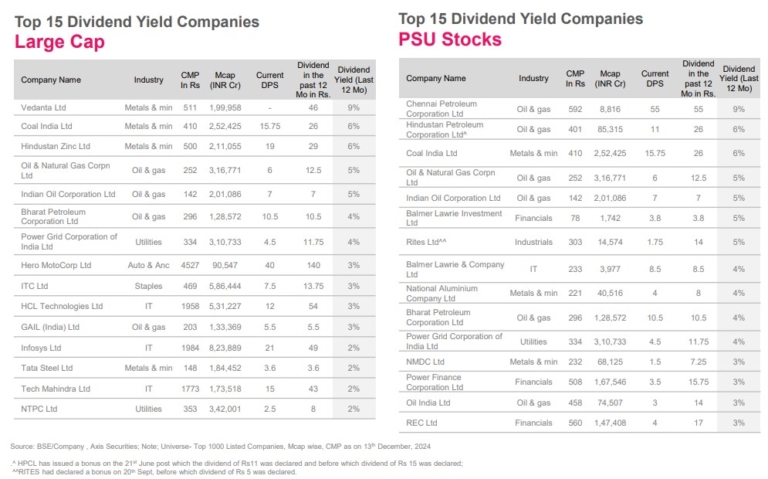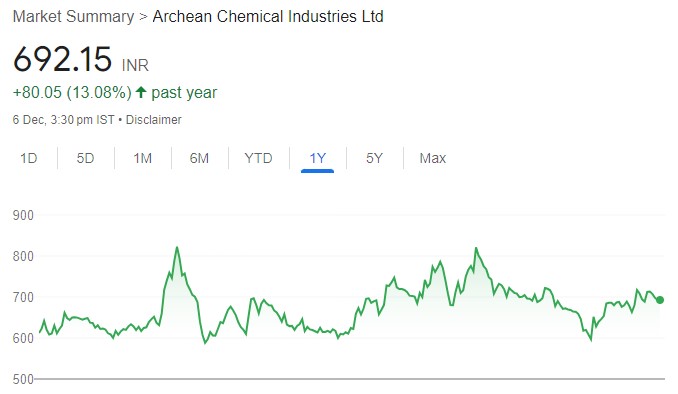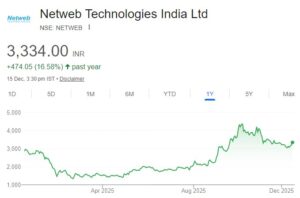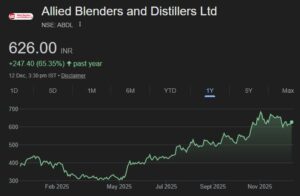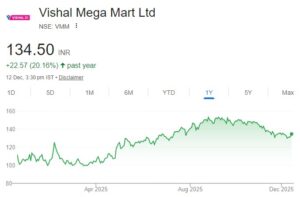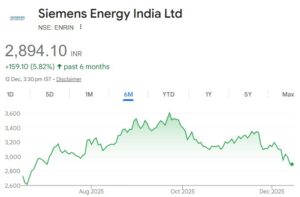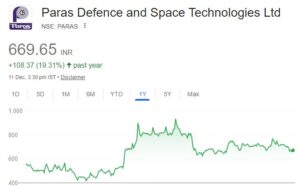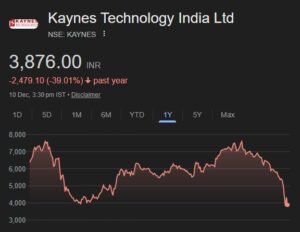Top 15 Dividend Yield Companies from the Large Cap, PSU Stocks, Mid Cap and...
MarketSmith has identified ten stocks with strong earnings growth and price momentum close to...
Strides Pharma Science has provided guidance on the post-demerger cost of acquisition and the...
Power Mech Projects Ltd. (POWM) is a leading infrastructure construction company based in Hyderabad...
We met with Mr. Rakesh Jha (Executive Director – Retail, Corporate Banking and Small...
Patel Engineering is an EPC player which specialises in technology-intensive areas like hydro, tunnelling,...
We initiate coverage on Apeejay Surrendra Park Hotels Ltd. (ASPHL) with a BUY rating...
Mishra Dhatu Nigam (Midhani) is one of the key manufacturers of critical metals such...
We believe the company is very well placed to continue to outpace industry growth...
Archean Chemical Industries is a robust play on the recovery in bromine and...
